How to propagate zinnias from cuttings and multiply your display of colourful blooms for free
This easy method will double your flowers
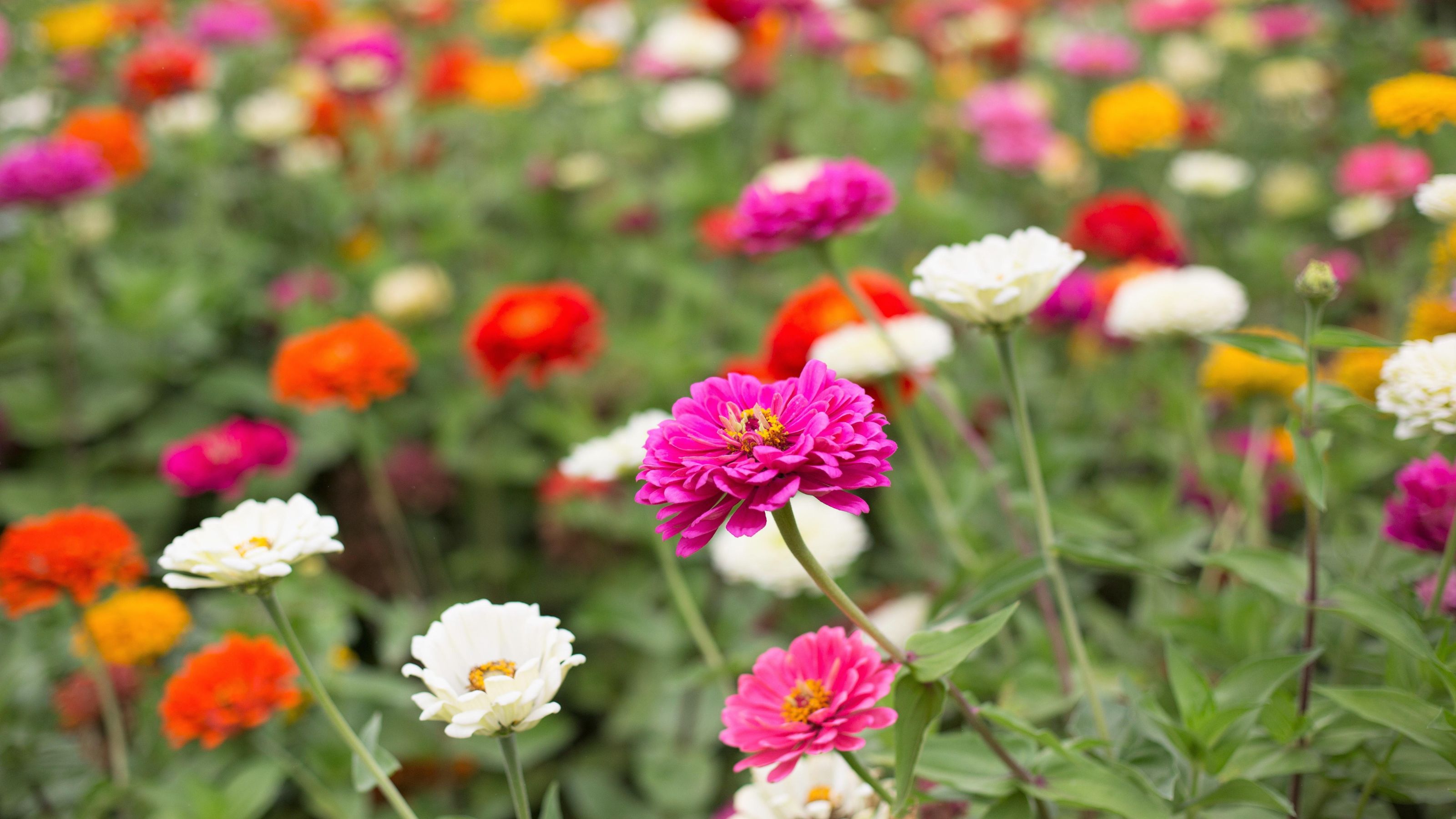

Sun-loving zinnias are a fabulous option for any garden. Easy to grow, they come in a wide range of varieties and vibrant colours and will provide long-lasting blooms from summer through to autumn. The best part is that it is super-easy to propagate zinnias from cuttings, meaning that you can grow zinnia plants from existing ones for free.
Zinnias are one of the best plants to propagate in August. You'll be able to multiply the number of plants you already have and enjoy masses more of the colourful blooms.
‘If you’ve got a well-established zinnia plant, taking cuttings is a quick and easy way to grow more, and now is a great time to try it while the plant is still in its active-growing phase,’ says David Denyer, flower and garden expert at Eflorist. ‘Within just a couple of weeks, you’ll start to see signs of new growth, and plants can then be potted on outside in garden borders.’
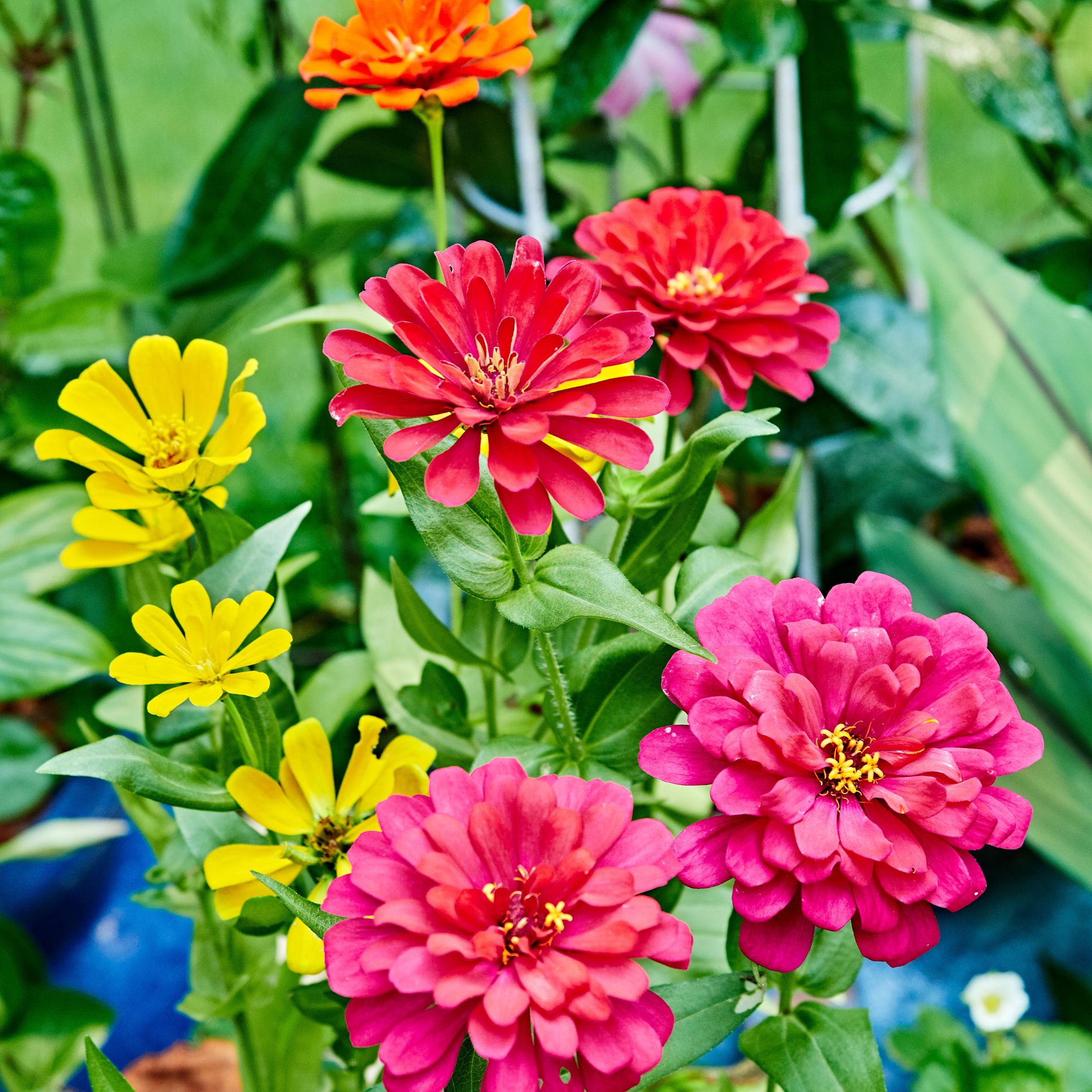
What you'll need
Here's what you need to take zinnia cuttings for the greatest chance of success.
- Healthy, well-established zinnia plants - Suttons have a range of garden-ready plants, like these Zinnia 'Profusion Mixed' available online
- Secateurs like these, McGregor Bypass Secateurs/Pruners at Argos
- Peat-free seed and cutting compost – Coco & Coir's Seed & Cutting Compost mix is available on Amazon
- Rooting hormone powder or gel (optional) – Westland Organic Hormone Rooting Powder on B&Q
- Individual pots or plant trays
- Plastic bags and elastic bands
1. Take the cutting
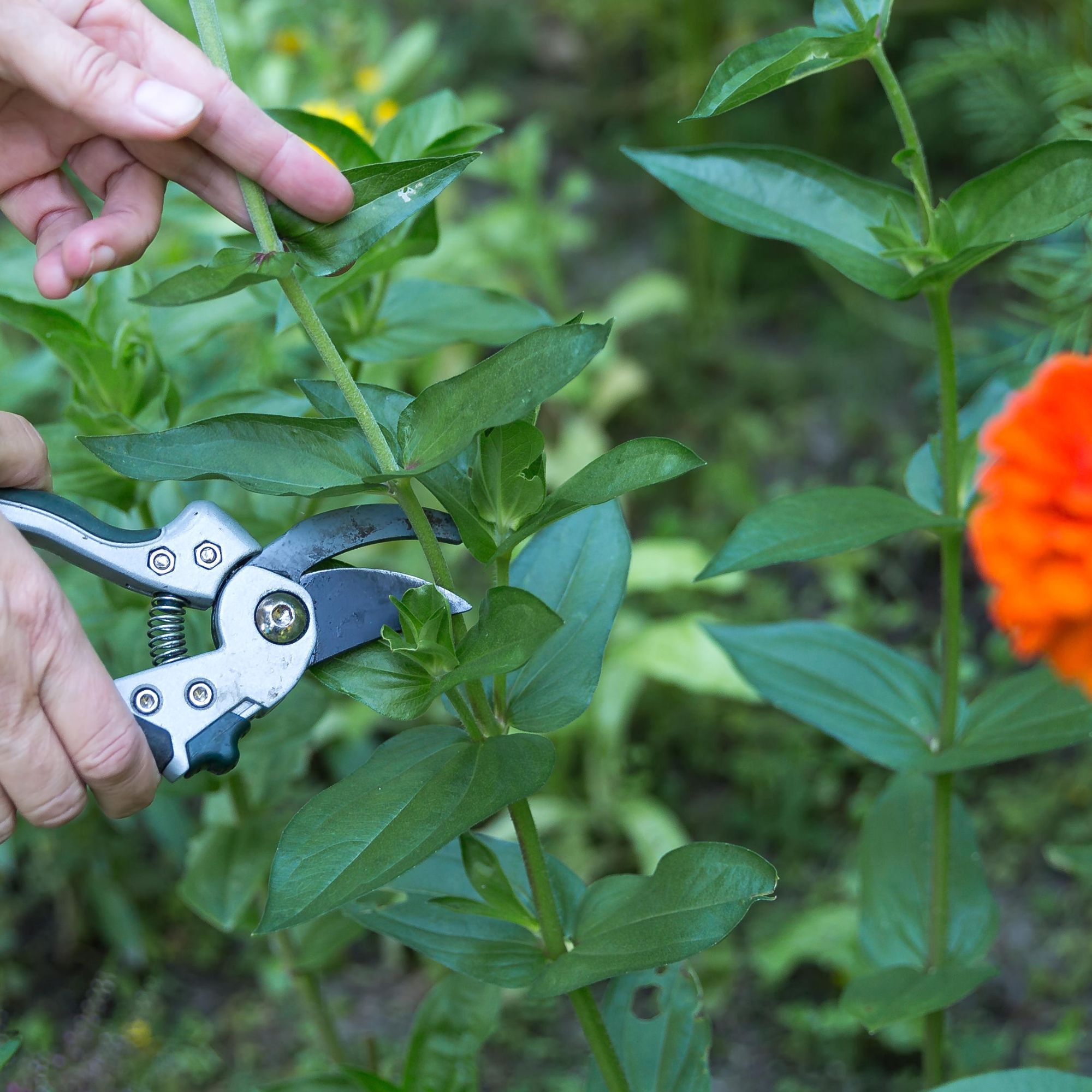
'Choosing the right stem to take your cutting from is key,’ says Julian Palphramand, Head of Plants at British Garden Centres. ‘If you are growing your own zinnias, pick a healthy zinnia plant that looks strong, focusing on a stem that hasn’t started flowering yet or turned woody because these tend to root better.’
‘Using clean scissors or pruning secateurs, cut a piece of stem about four to six inches long, making your cut just below a leaf joint, which is where new roots are most likely to form.’
2. Prepare the cutting
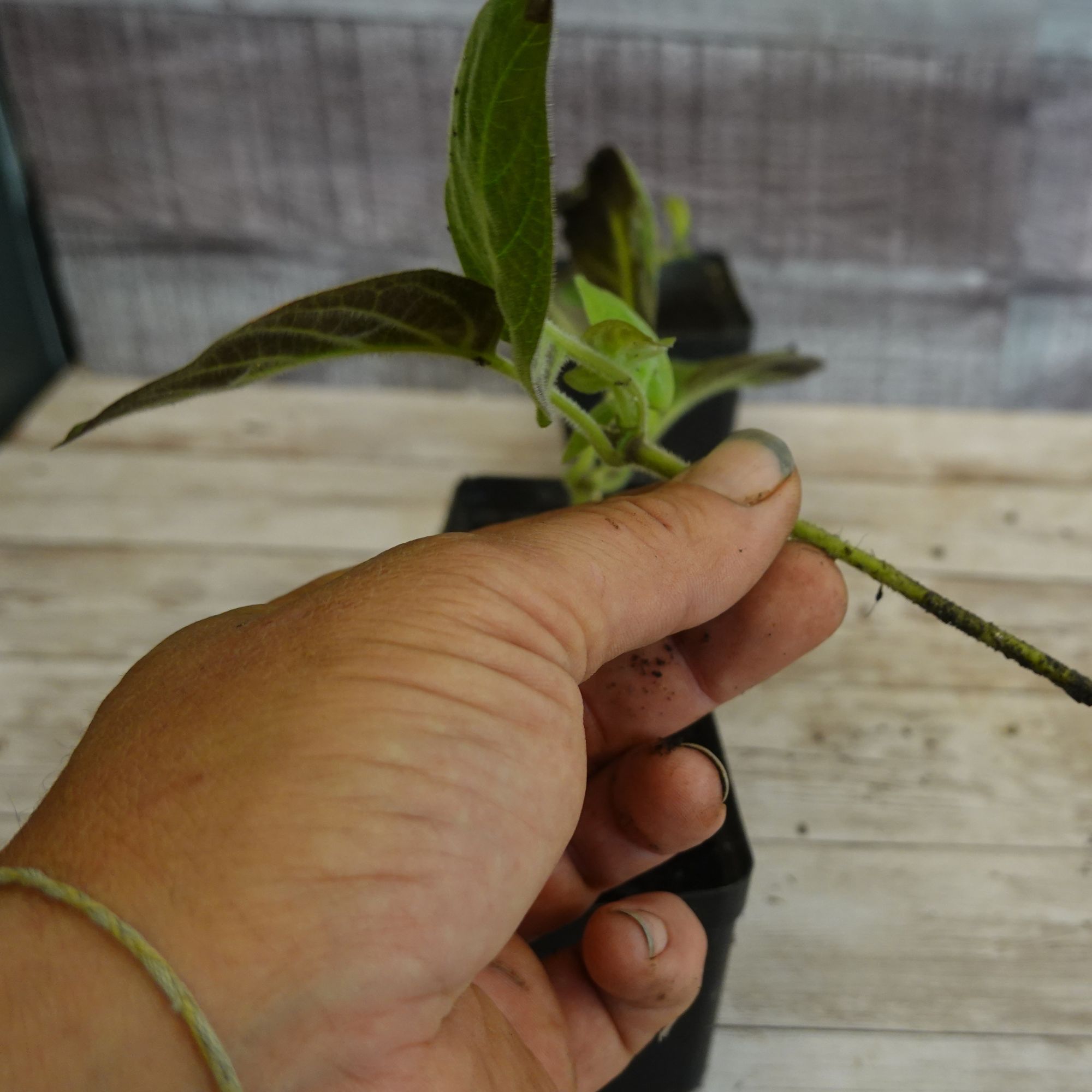
‘After you’ve taken your cutting, remove the lower leaves to prevent them from rotting in water or soil, leaving just a couple of leaves at the top to keep the cutting alive,’ advises Julian.
Sign up to our newsletter for style inspiration, real homes, project and garden advice and shopping know-how
‘While dipping the cut end in rooting hormone powder can help speed up root growth, it’s not necessary since zinnias are pretty good at rooting on their own and one of the best plants to grow from cuttings.’
3. Plant in soil or water

‘One option for how to propagate zinnias from cuttings is to put the cutting into a glass of water,’ suggests Julian. ‘You then need to keep the cutting in a warm spot with plenty of indirect light, avoiding direct sun, which can scorch the young plant.'
‘If you’re rooting the cutting in water, changing the water every few days helps keep it fresh and encourages healthy root development.’
‘The second option is to plant the cutting directly into moist potting soil,’ says David. ‘Plant your cuttings in small pots or trays filled with moist, free-draining compost (this Gro-Sure Seed and Cutting Compost, £6.49 for 10L, from Amazon, is perfect) and place somewhere warm and bright, but out of direct sunlight.’
One of the biggest propagation mistakes is not getting the light levels right. Avoid placing cuttings somewhere too dark or too sunny, as this can cause problems with rooting and overall growth. A bright windowsill without the intensity of direct sun is ideal.
5. Leave to take root

‘If possible, cover your cuttings with a clear plastic bag (using an elastic band to secure) or a propagator lid to maintain humidity (these Mini High Dome Propagator Lids at Amazon are ideal) which makes it easier for the cutting to root. Just remember to lift the cover now and then to let some air in,’ advises David.
‘Keep the compost lightly moist rather than wet to avoid rot, and within a couple of weeks, you should start to see signs of new growth.’
6. Transplant outside
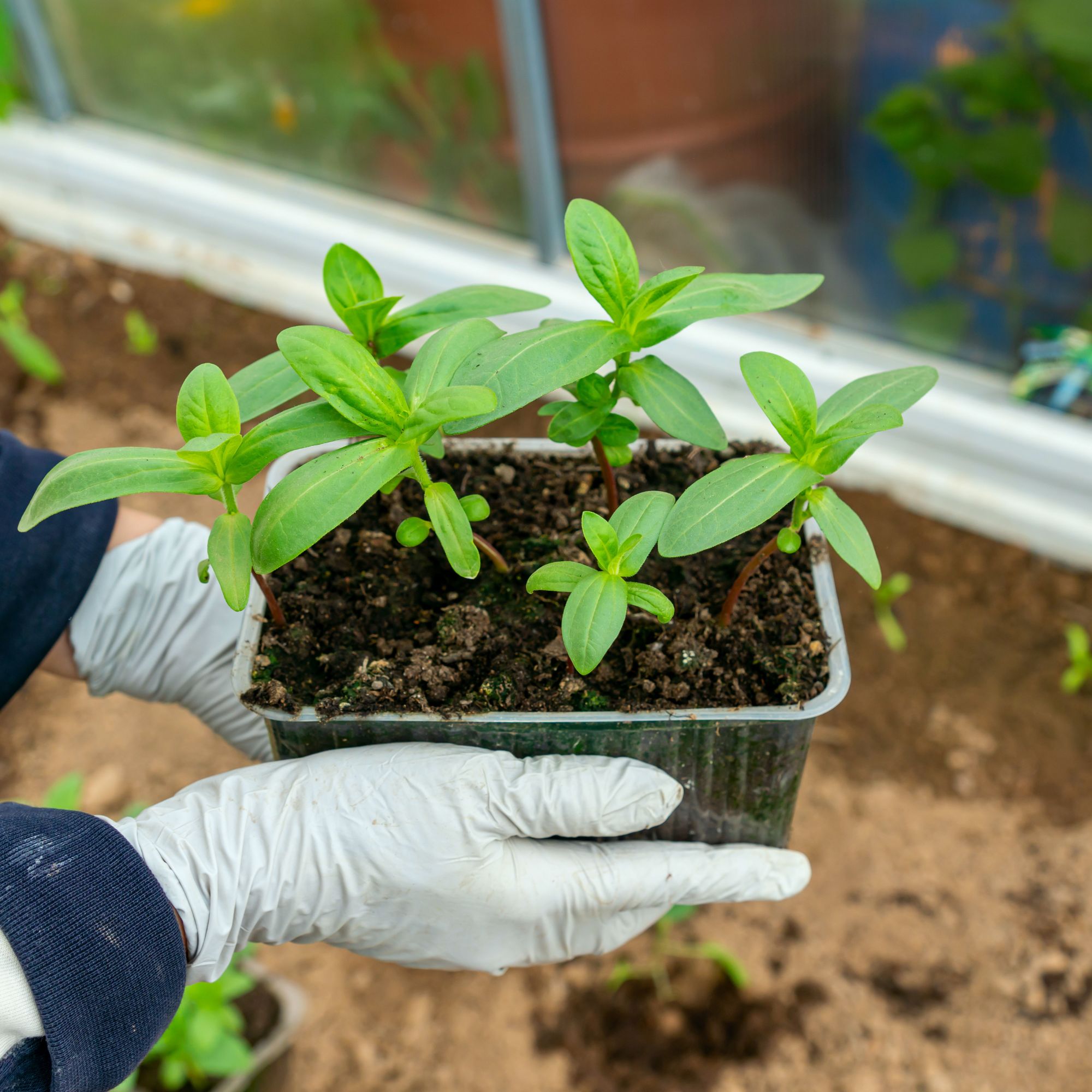
‘After about one to two weeks, you’ll start to see roots forming (if the cutting is in water), and once they’re strong and a couple of inches long, it’s time to transplant your new zinnias into a pot or directly into your garden if the weather is mild,’ advises Julian.
‘Once the roots are established and the cuttings are growing steadily, they can be potted on or planted outside when the weather allows,’ says David. ‘Just make sure to harden off first by gradually introducing them to outdoor conditions over a few days, and choose a sunny, sheltered spot with well-drained soil to give them the best chance of thriving.’
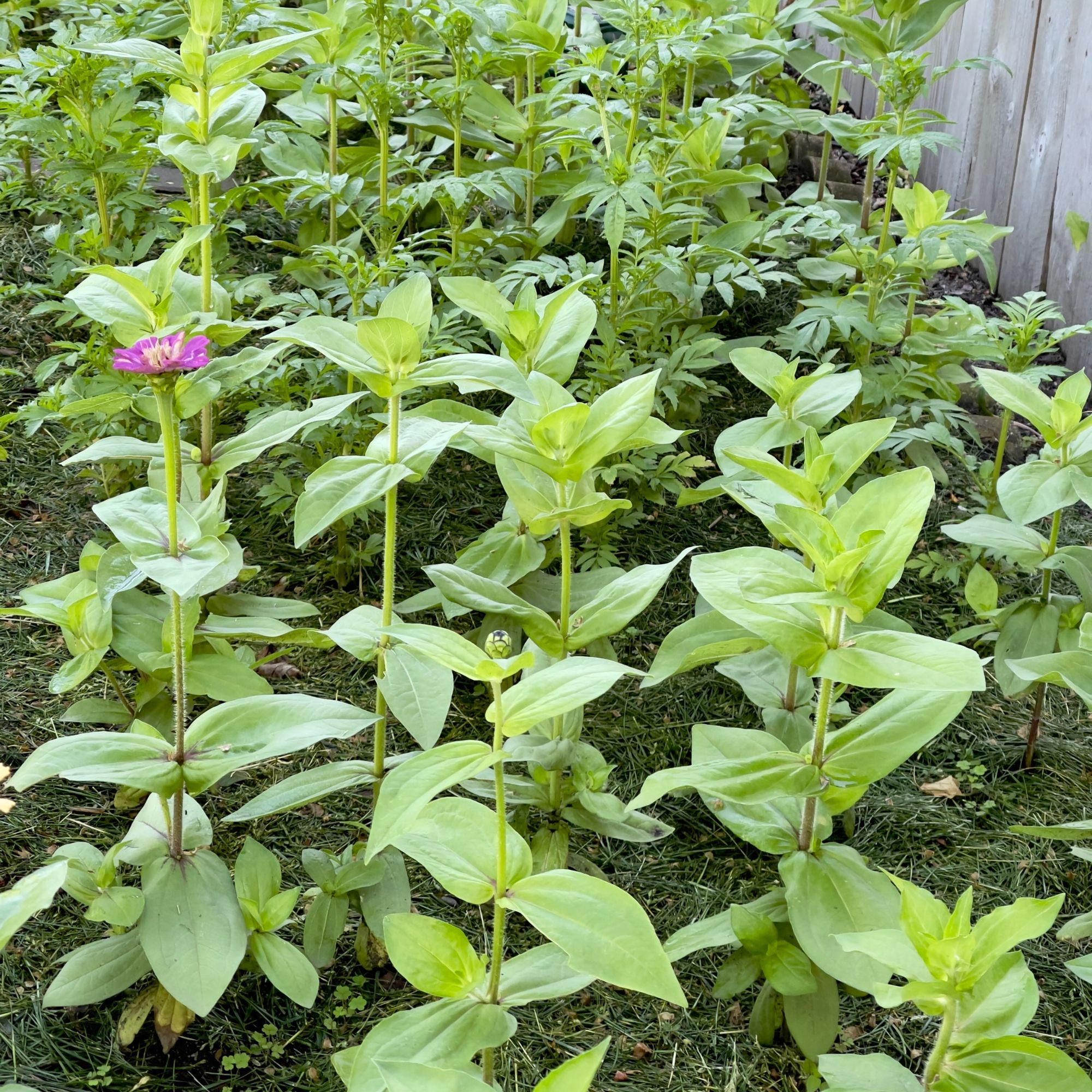
Ensure success with a plant propagator
A plant propagator with a lid is a good way to give your cuttings a helping hand. they will help to maintain the humidity and make it easier for the cutting to root.
When is the best time to take zinnia cuttings?
The best time to take zinnia cuttings is during the active growth season, before blooms appear, as younger cuttings tend to do better. This is ideally in spring time, but experts advise that it is still possible to propagate zinnias from cuttings at other times of the year so long as you provide sufficient light and warmth for root development. This might mean propagating cuttings in a greenhouse (if you have one) or alternatively in a propagator or on a windowsill indoors (out of direct sunlight).
What should you not do when propagating zinnias?
Avoiding overwatering is a must. Zinnias need to be kept watered to ensure that the roots don’t dry out, but if they get too soggy it can cause root rot. Aim for the soil to be evenly moist but not soaking wet or waterlogged.
Zinnias can also be fussy about changes, so try to transplant them gradually outdoors, avoiding sudden exposure to cold or intense sun, much like when hardening off seedlings in spring.
Are there any other tips or hacks you swear by for propagating zinnias from cuttings?

Lisa is a freelance journalist who has written about interiors for more than 25 years. Previously editor of Style at Home magazine, she has worked on all the major homes titles, including Ideal Home, Country Homes & Interiors, 25 Beautiful Homes and Homes & Gardens. She has covered pretty much every area of the home, from shopping and decorating, crafts and DIY to real homes and makeovers and now regularly writes gardening stories for Ideal Home.
You must confirm your public display name before commenting
Please logout and then login again, you will then be prompted to enter your display name.


